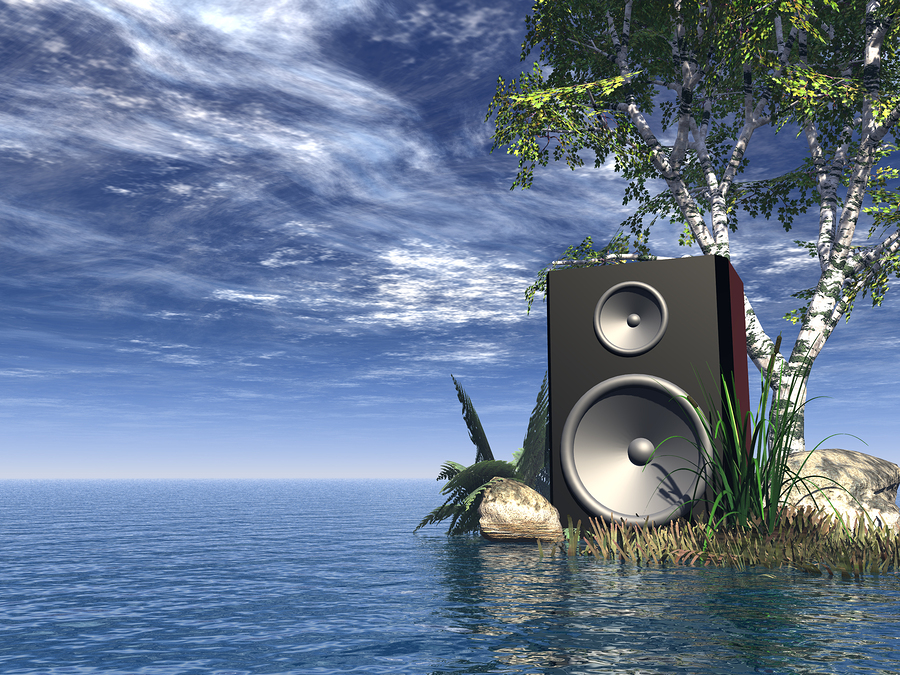Ship-sourced underwater noise is more than a nuisance, and there are strong calls for something to be done about it
The gleaming blue of the Salish Sea can be mesmerising in the sun. Its waters, famous for its whale watching tours, are surrounded by the distant tops of snow tipped mountains. The air is clear and fresh, well at least when it is not raining.
The Salish Sea is the expanse of water west of Vancouver, between the city and Vancouver Island, spreading south of the island and including the waters north west of the US state of Washington, including Puget Sound. It covers an area of about 18,000 sq km and on the surface, can be beautifully tranquil. The waters are crisscrossed regularly by ferries, bulk carriers and large container vessels.
And therein lies its problem, because beneath the surface the latest environmental issue is being heard. The hundreds of ships going to Vancouver and Seattle make a lot of noise, underwater noise, and scientists want them to be quieter because they are, they say, seriously disturbing a pod of killer whales in the region.
A group of scientists wrote a letter to the Canadian prime minister last month asking him “to produce a concrete, funded, science-based plan and a schedule for reducing the already excessive levels of underwater noise pollution in the Salish Sea from all sources, to help enable the population’s recovery and substantially improve its acoustic habitat”.

This particular pod is already listed as endangered. It never fully recovered from the period in the 70’s when individuals were farmed for the aquaria according to the letter, and the high levels of underwater noise are seen as a continued threat.
Underwater noise can travel long distances, and the noise of vessels in enclosed waters such as the Salish Sea can and do disorientate whales, blanket out their communication calls and even disturb their food sources.
The problem of underwater noise is not limited to just shipping, other sources are prevalent including dredging, military activities and seismic research by the oil and gas industry.
The issue is not just related to the volume of the noise, but also the frequencies that the noise of the ships span, and therefore the distance the noise can be a problem.
The issue is considered important enough for several places around the world to start using listening stations to track the ambient noise levels for both scientific reasons and to track pollution and marine environment health issues. Scientists even gather for an annual Oceanoise Conference to discuss various issues, not least the problem of anthropogenic, or man-made, noise.
Noise pollution from ships does come from several sources, propeller, engine vibrations and even the sea chests. Bigger engines, naturally, have more noise. The IMO has already done some work on the issue, agreeing guidelines in 2008, (MEPC.1/Circ.833) but as guidelines they are not enforceable.

The problem is not just the volume of noise pollution, but frequency.
However do you know your decibels?
Normal human conversation: 60 dB
Safe human noise levels: < 90 dB
The loudest rock concert: 129.5 dB
Grey whale/Humpback whale: 140 dB
A blue whale: 188 dB
A ship’s engine (when overhead): 195 dB
Scientists are recommending stronger action; an initial global target for the reduction of shipping noise of 3 dB (decibels) within 10 years and 10 dB within 30 years, relative to current levels. The goal is to reverse the upward trend in deep-water ambient noise pollution during the second half of the 20th century, largely attributable to commercial shipping.
There are other rules from the IMO in place that call for action for shipborne noise from a crew health perspective, so it is likely that further proposals will be made at the IMO to make the current underwater noise guidelines more robust.
Sailing slower is one known way that the noise of a ship is lessened, and in the future, the method of propulsion selected in a ship design may well be another.
Whatever the outcome, the pristine waters of places such as Vancouver, Seattle and elsewhere hide an unmeasured environmental risk beneath their surfaces, but is this a risk that can be easily silenced?
Fathom-News
editor@fathom-mi.com
































